Christmas — the season in which we have traditionally been bombarded with the concept of giving as the supreme example of our embrace of mankind. However, as a beleaguered Memphis taxpayer, I dare to resurrect the words of Charles Dickens’ Ebenezer Scrooge: “Bah, humbug!” For when it comes to merrily endorsing some of the “pie in the sky” projects proposed by the administration of Mayor A C Wharton, I’m not sure whether the beneficiaries of our collective financial outpouring classify as indigents rivaling the undeniable needs of Dickens’ fictional, heart-tugging Tiny Tim.

Les Smith
This realization was brought home to me in reporting on the chaos of a marathon session of the Memphis City Council earlier this month. A dayside committee meeting began with the abrupt cancellation of a scheduled discussion on the progress the Memphis Police Department is supposed to be making on processing more than 12,000 rape kits accumulated over decades. Since the issue surfaced in August, I’ve taken a particular interest in the results. It’s not because I know or suspect someone I know may have been victimized. As human beings, the savagery of the crime should disturb us all, because it transcends racial and socioeconomic lines.
However, after sounding the gavel, committee chairman Kemp Conrad informed those present that the rape-kit report was going to be delayed for two weeks. We would find out later that the Wharton administration had quietly asked for more time due to the possibility more untested kits had been discovered. In his last appearance before the same committee, Memphis police director Toney Armstrong said the processing and testing would cost $4.6 million to complete. But Wharton strongly indicated the numbers could rise and also put forth the concept that more outside assistance might be needed. Granted, this whole project has “sensitive” written all over it, especially since it involves legal ramifications for potential victims and perpetrators alike. This is probably going to cost taxpayers a lot more than has been reported. However, the truth, at whatever cost, would be welcomed.
That same day, some council members were given a “sneak peek” at plans for the creation of the 20-block “Memphis Heritage Trail” downtown redevelopment project. Armed with an animated depiction of what it’s supposed to look like, city special-projects guru Robert Lipscomb spoke about interactive experiences for visitors and monuments dedicated to Martin Luther King Jr. and a commemoration of the 1968 sanitation workers’ strike.
The presentation was harpooned by Councilwoman Wanda Halbert, who succinctly condensed the doubts Memphis taxpayers have continued to express with Wharton’s still unexplained “vision” for this city’s future. To paraphrase her comments: With so many projects —the Fairgrounds, Bass Pro and the Pinch District, Sears Crosstown, buying Autozone Park — are we spreading ourselves too thin financially? Are we overlooking the things that should count, like paving streets, improving parks, and building sidewalks near schools? And although Halbert didn’t include it, the need to process thousands of untested rape kits.
I know Wharton cares about making his vision of “One Memphis” come true. In a June interview with him, he admitted to me that he had to do a better job communicating with council members. He needs to convey the same sense of purpose and direction to a somewhat bewildered public. I understand this city faces the same financial challenges confronting local governments in nearly every city in America. But I suggest to you, Mr. Mayor, that while grandiose projects have their allure, they are overshadowed by the day-to-day demands of life.
If you want to take guns off the street, go ahead and try. If you want to aggressively clean up neighborhoods, then do so. If you want to achieve the moniker we had in the 1960s of being the “Cleanest City in America,” that would be a worthy and possibly attainable goal.
Yes, other revenue sources have to be explored to get us out of our current and ever-deepening budget dilemma. So, why not start a vigorous collection of the millions of dollars owed in parking fines? Why not collect from the companies that owe this community millions in unpaid property taxes? Until there is a determination shown to address the issues we can and should take care of, then all the governmental “pie in the sky” proposals will invoke the same reaction no matter what season of the year: “Bah, humbug.”
Les Smith is a reporter for Fox News 13.
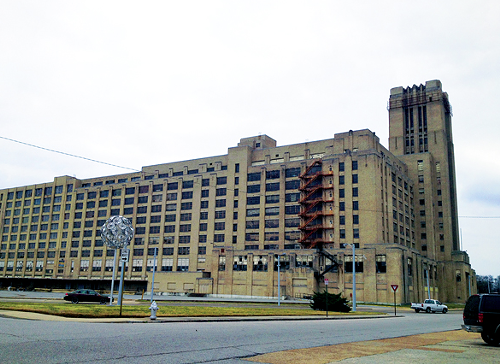
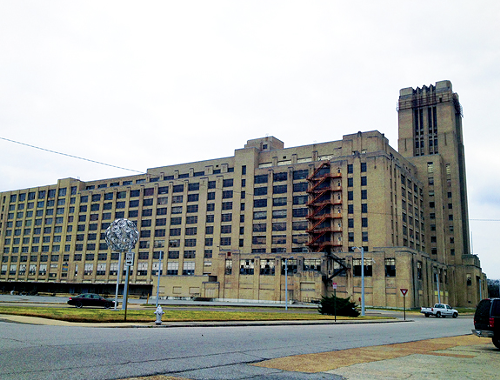
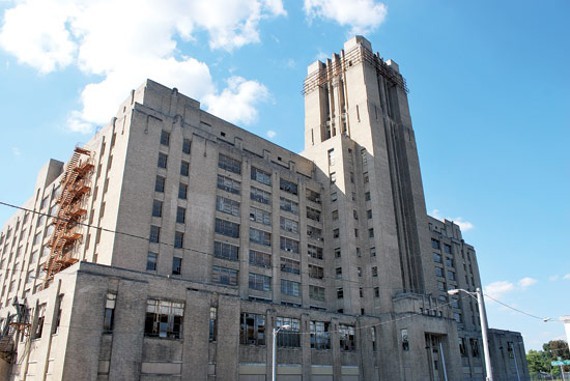
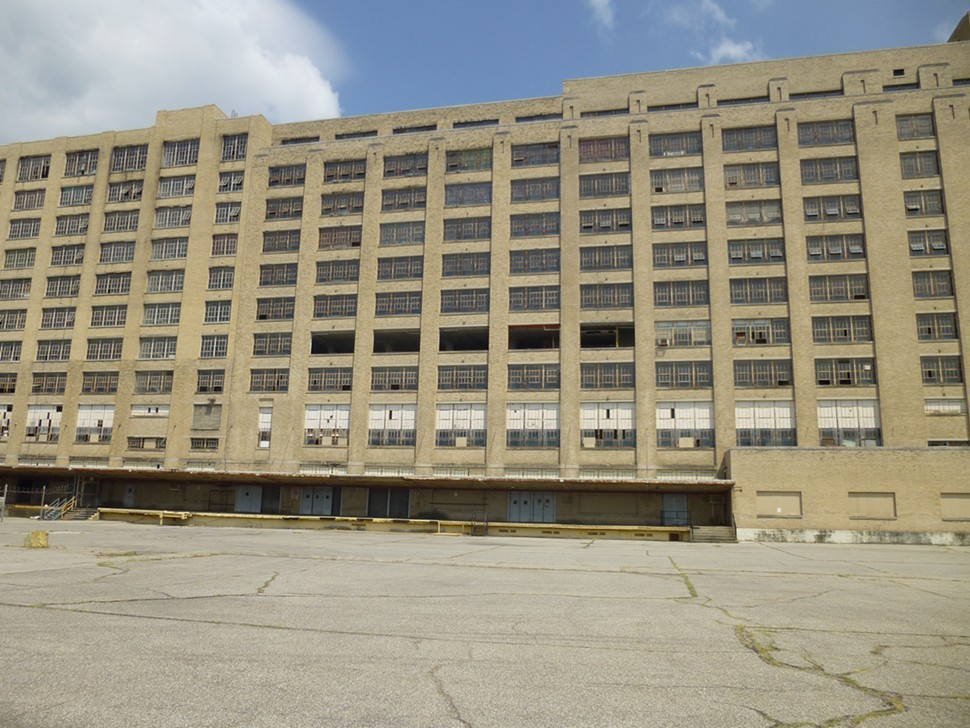
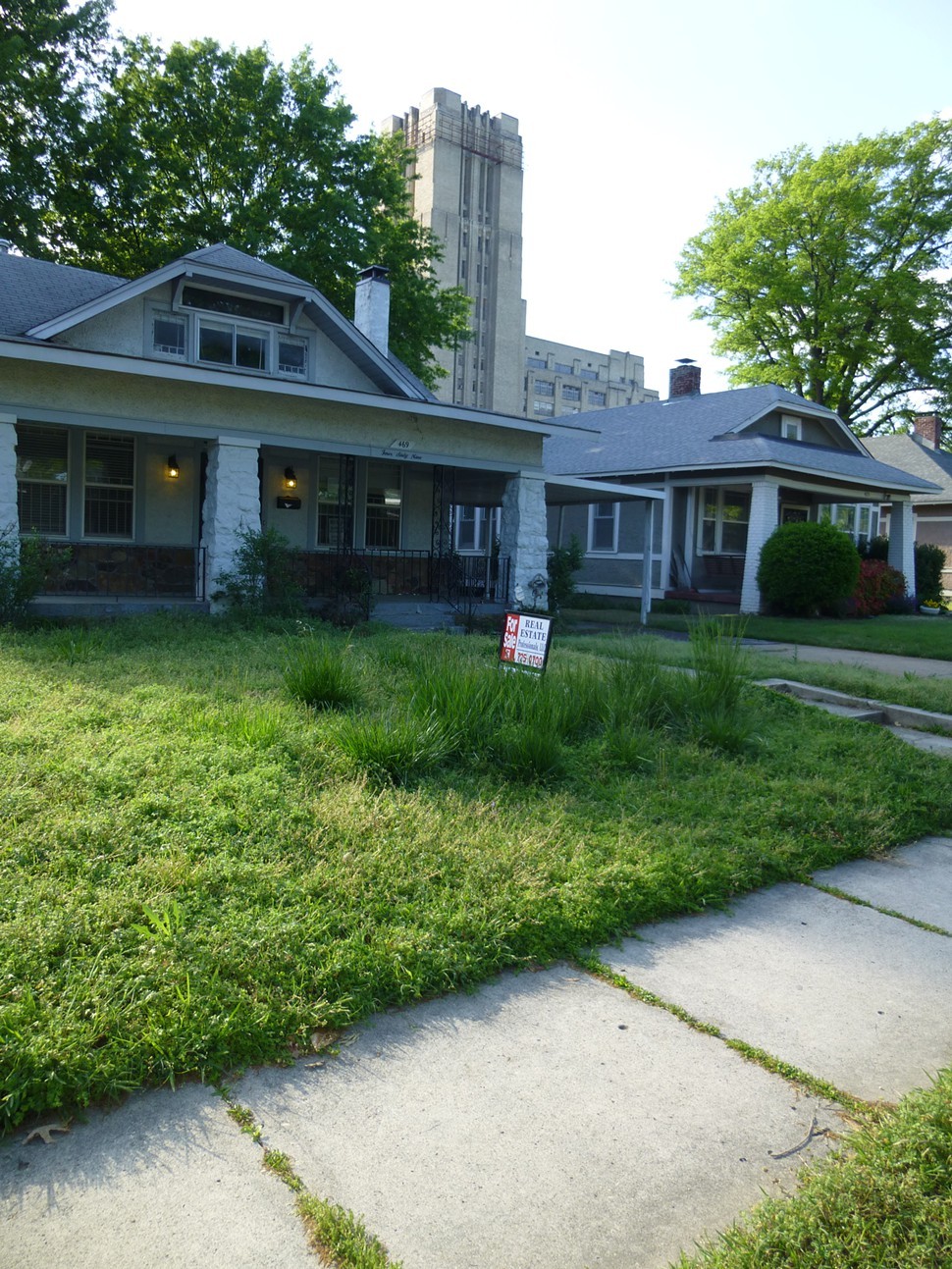
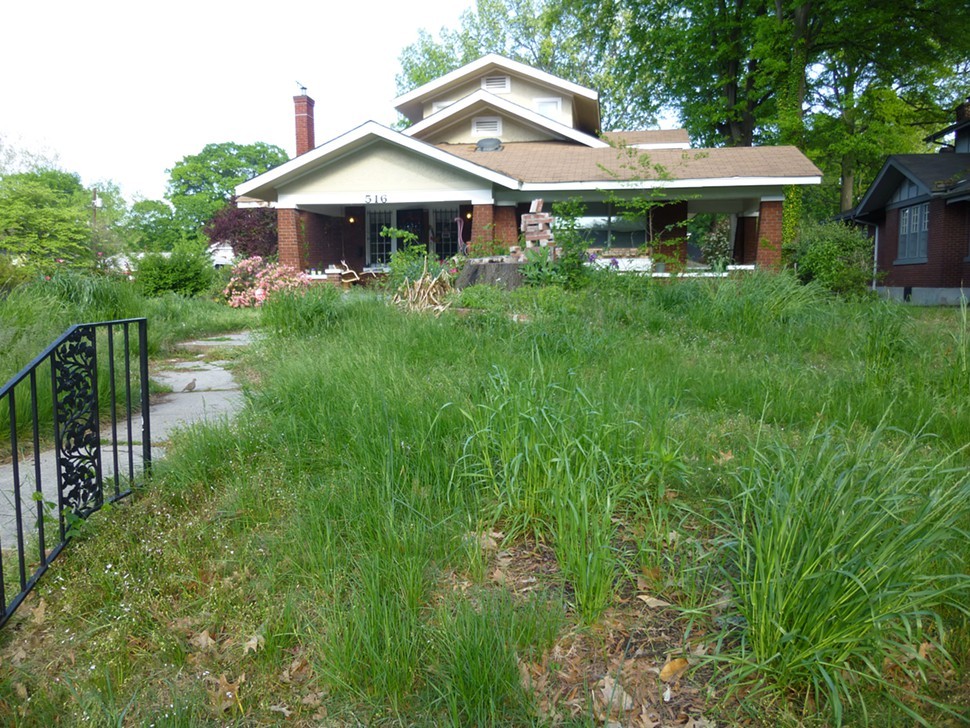
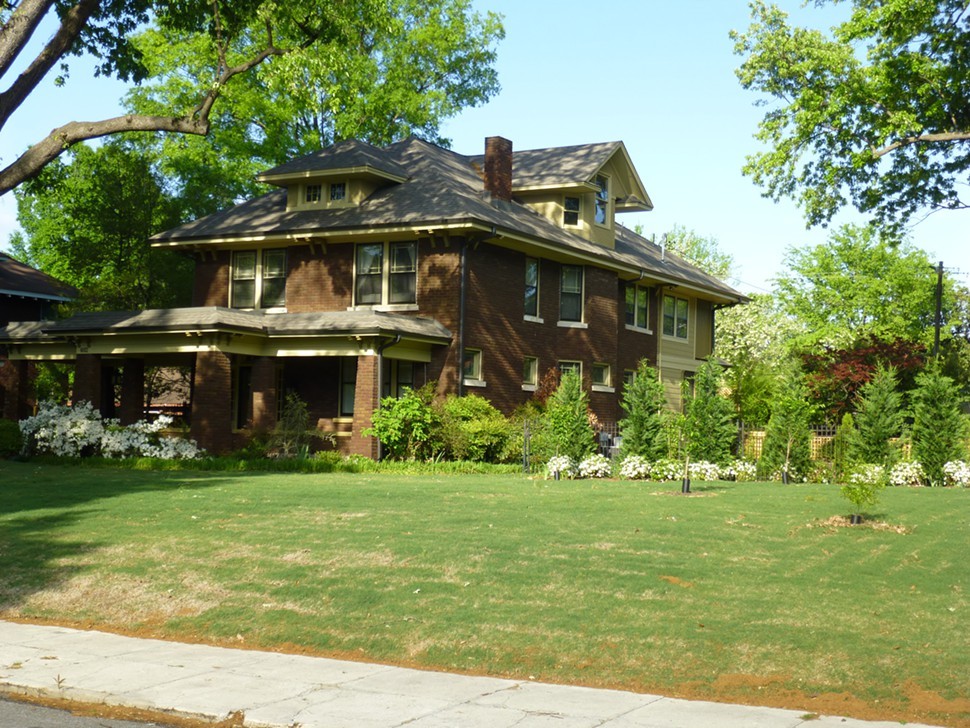
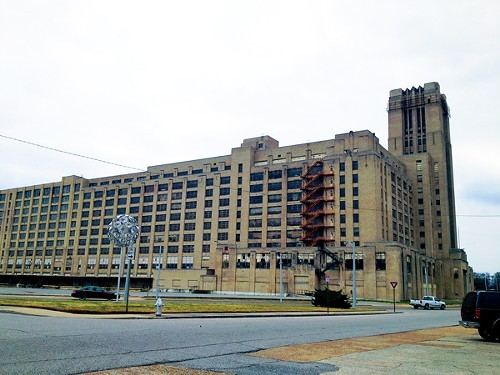
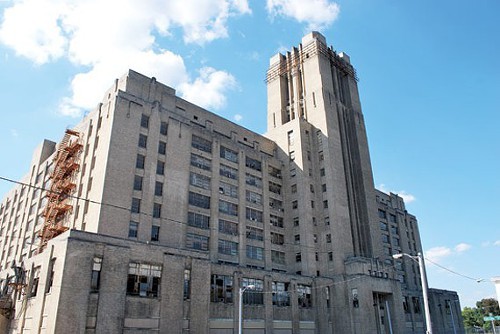
 Friends for our Riverfront
Friends for our Riverfront 